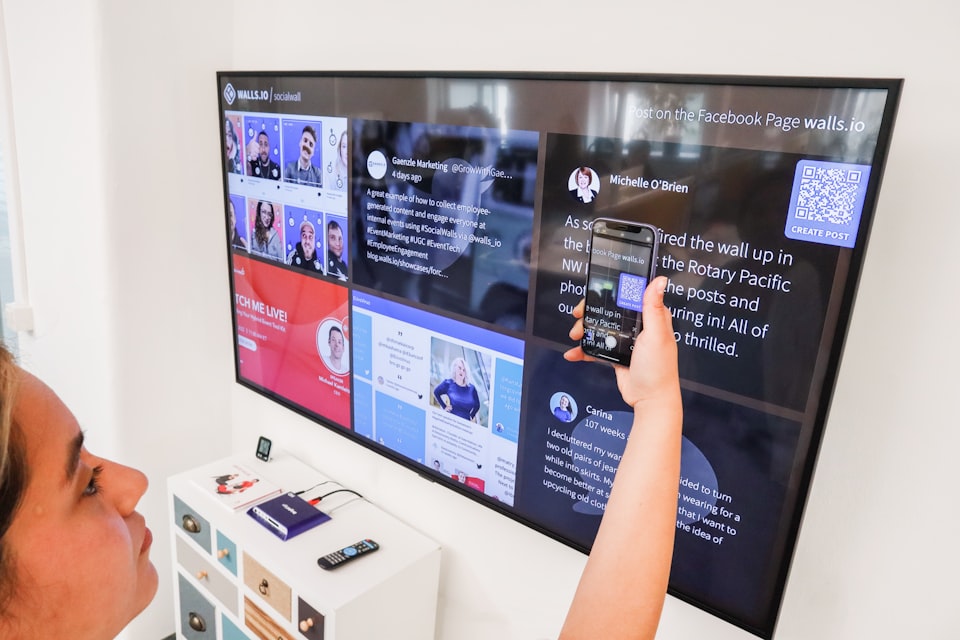Using QR Codes to Improve Sporting Events

QR codes can be used at a sporting event in a variety of ways, such as:
- Ticketing: QR codes can be used as electronic tickets for sporting events. Attendees can purchase tickets online and receive the QR code on their smartphone or email, which can be scanned at the event's entrance.
- Program guide: Sporting events often have programs that provide information about the teams, schedule, and other important details. QR codes can be placed in the program guide, which can be scanned to access additional information, such as player profiles, team history, or game stats.
- Promotions and discounts: QR codes can be used to provide attendees with special promotions and discounts, such as discounted merchandise or concessions. Attendees can scan the QR code to access the promotion or discount, which can be redeemed at the event.
- Interactive experiences: QR codes can be used to provide attendees with interactive experiences, such as scavenger hunts or trivia games. Attendees can scan the QR code to access the game, which can be played during breaks in the game.
To use QR codes at a sporting event, the following steps can be followed:
- Determine the purpose of the QR code: Decide how the QR code will be used at the event, such as ticketing, program guide, promotions, or interactive experiences.
- Create the QR code: Use a QR code generator to create the QR code. The generator will ask for the information to be encoded in the QR code, such as a URL, text, or contact information. Some QR platforms, like Tapple, offer broader use cases such as games and contests, that are easily created.
- Test the QR code: Before using the QR code at the event, test it to ensure that it works correctly. Use a QR code reader to scan the code and make sure that the information is displayed correctly.
- Display the QR code: Display the QR code in a prominent location, such as on a billboard, program guide, or poster. Make sure that the QR code is easily visible and can be scanned without difficulty.
- Provide instructions: Provide instructions to attendees on how to use the QR code. This can be done through signage, announcements, or written instructions in the program guide.
- Monitor usage: Monitor the usage of the QR code to determine its effectiveness. This can be done by tracking the number of scans or analyzing the data collected from the QR code. Use this information to make improvements for future events.




